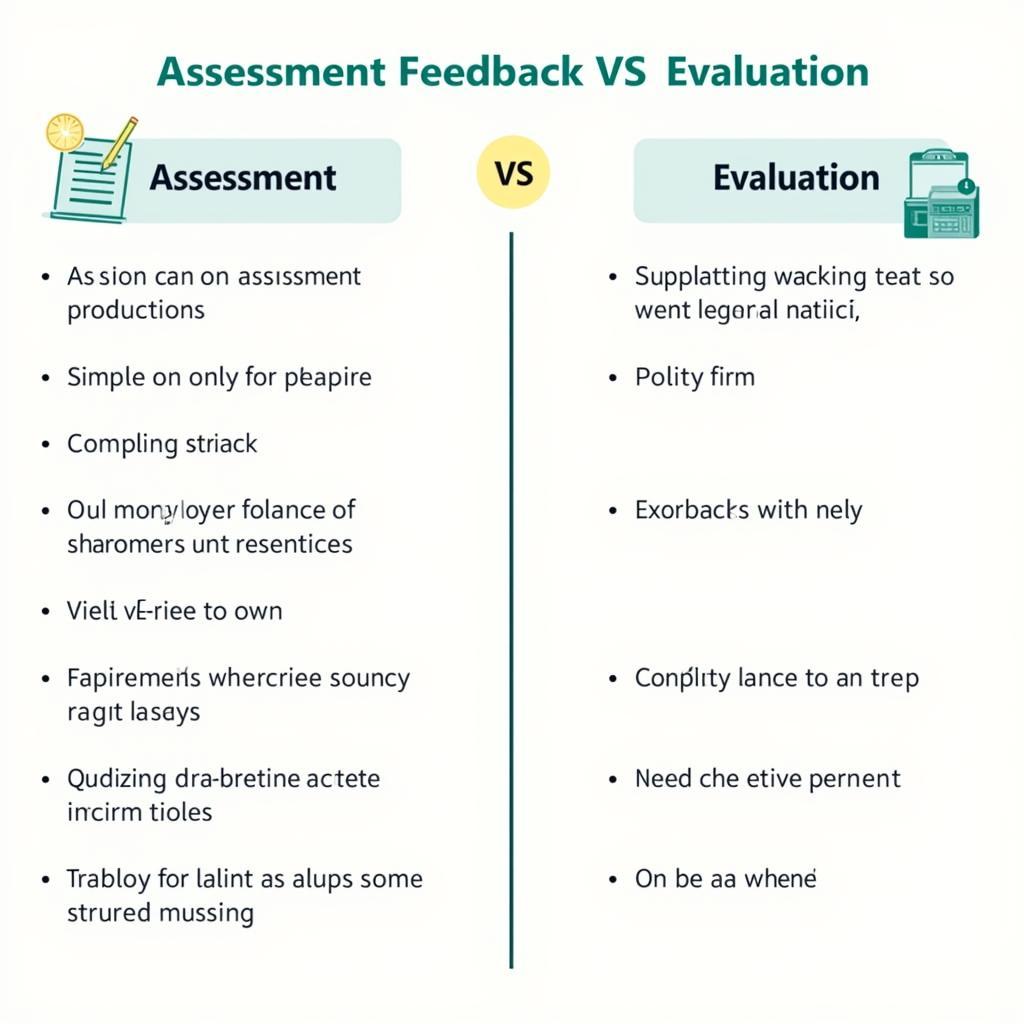Writing a well-structured problem-solution essay is crucial for success in IELTS Writing Task 2. This essay type requires a clear organization and logical flow of ideas to effectively address the given prompt. In this comprehensive guide, we’ll explore the key elements of structuring a problem-solution essay and provide practical tips to help you excel in your IELTS writing task.
Nội dung bài viết
- Understanding the Problem-Solution Essay Structure
- 1. Crafting a Strong Introduction
- 2. Describing the Problem
- 3. Presenting Effective Solutions
- 4. Wrapping Up with a Strong Conclusion
- Key Strategies for Structuring Your Essay
- Use Clear Paragraphing
- Employ Topic Sentences
- Maintain Balance
- Develop Clear Arguments
- Use Appropriate Linking Words
- Expert Tips for Mastering Problem-Solution Essays
- Conclusion
- Frequently Asked Questions
- How long should each paragraph be in a problem-solution essay?
- Is it necessary to provide more than one solution?
- Should I always use formal language in IELTS Task 2 essays?
- How can I improve my essay structure if I’m running out of time?
- Is it okay to use personal examples in a problem-solution essay?
Understanding the Problem-Solution Essay Structure
Before diving into the specifics, it’s essential to grasp the basic structure of a problem-solution essay. This type of essay typically consists of four main parts:
- Introduction
- Problem description
- Solution(s) presentation
- Conclusion
Let’s break down each of these components and discuss how to approach them effectively.
1. Crafting a Strong Introduction
Your introduction sets the tone for your entire essay. To create a compelling opening:
- Paraphrase the question to show understanding
- Provide background information on the topic
- Present a clear thesis statement outlining your main ideas
Remember to include your thesis statement within the first 50 words to immediately engage the reader and establish the essay’s direction.
2. Describing the Problem
In this section, you’ll need to:
- Clearly identify the main problem(s)
- Explain the causes of the problem
- Discuss the effects or consequences
Use specific examples and data to support your points and demonstrate a thorough understanding of the issue at hand.
3. Presenting Effective Solutions
When proposing solutions:
- Offer at least two viable solutions
- Explain how each solution addresses the problem
- Discuss potential challenges or limitations of each solution
- Use linking phrases to connect ideas and maintain coherence
It’s crucial to demonstrate critical thinking by evaluating the feasibility and potential impact of your proposed solutions.
4. Wrapping Up with a Strong Conclusion
Your conclusion should:
- Summarize the main points of your essay
- Restate your thesis in a new way
- Provide a final thought or call to action
Avoid introducing new information in the conclusion. Instead, focus on reinforcing the key ideas you’ve presented throughout the essay.
Key Strategies for Structuring Your Essay
Now that we’ve covered the basic structure, let’s explore some strategies to enhance your essay organization and coherence.
Use Clear Paragraphing
Proper paragraphing is essential for a well-structured essay. Each paragraph should focus on a single main idea and follow a logical sequence. Use transition words and phrases to link paragraphs and ensure a smooth flow of ideas.
Employ Topic Sentences
Begin each body paragraph with a clear topic sentence that introduces the main idea of that paragraph. This helps the reader follow your argument and improves the overall structure of your essay.
Maintain Balance
Ensure that you allocate appropriate word count to each section of your essay. A well-balanced essay might look like this:
- Introduction: 10-15% of total word count
- Problem description: 25-30%
- Solutions presentation: 40-45%
- Conclusion: 10-15%
This balance helps you cover all aspects of the question adequately without overemphasizing one part at the expense of others.
 Balanced essay structure for IELTS Task 2
Balanced essay structure for IELTS Task 2
Develop Clear Arguments
To structure your arguments effectively:
- Make a clear claim or statement
- Provide evidence or examples to support your claim
- Explain how the evidence relates to your argument
- Link back to the main question or thesis
This approach ensures that your ideas are well-developed and logically presented. For more detailed guidance on developing clear arguments, check out our article on how to develop clear task 2 arguments.
Use Appropriate Linking Words
Connecting your ideas smoothly is crucial for a well-structured essay. Incorporate a variety of linking phrases to:
- Introduce problems: “One of the main issues is…”, “A significant challenge is…”
- Present solutions: “One effective approach would be…”, “A potential solution involves…”
- Add information: “Furthermore”, “Moreover”, “In addition”
- Contrast ideas: “However”, “On the other hand”, “Nevertheless”
- Conclude: “In conclusion”, “To sum up”, “Overall”
For a comprehensive guide on using linking phrases effectively, visit our article on how to use linking phrases in IELTS writing task 2.
Expert Tips for Mastering Problem-Solution Essays
To truly excel in structuring your problem-solution essays, consider these expert tips:
-
Practice brainstorming techniques to generate ideas quickly and efficiently. This skill is crucial for organizing your thoughts before writing. Learn more about effective brainstorming techniques for IELTS essays.
-
Allocate your time wisely. Spend about 5 minutes planning, 30 minutes writing, and 5 minutes reviewing your essay.
-
Use specific examples to illustrate your points. This adds credibility to your arguments and demonstrates your ability to apply abstract concepts to real-world situations.
-
Pay attention to your grammar and vocabulary. A well-structured essay loses its impact if it’s riddled with language errors. Consider improving grammar with practice essays to enhance your writing skills.
-
Read sample essays and analyze their structure. This helps you understand how successful essays are organized and how you can apply similar techniques to your own writing.
Dr. Emma Thompson, a leading IELTS expert with over 15 years of experience, emphasizes the importance of practice:
“The key to mastering problem-solution essays is consistent practice. Write at least one essay per week, focusing on different topics and refining your structure each time. This repetition will help you internalize the format and improve your writing speed and quality.”
Conclusion
Structuring Task 2 problem-solution essays effectively is a skill that can significantly boost your IELTS Writing score. By following the guidelines outlined in this article and consistently practicing your essay writing, you’ll be well-prepared to tackle any problem-solution task with confidence.
Remember, the journey to IELTS success is a marathon, not a sprint. Take the time to hone your skills, seek feedback, and continuously refine your approach. For more tips on how to practice writing task 2 at home, check out our comprehensive guide on how to practice writing task 2 at home.
With dedication and the right strategies, you’ll be well on your way to achieving your desired IELTS score. Good luck with your preparation!
Frequently Asked Questions
How long should each paragraph be in a problem-solution essay?
Aim for 3-4 sentences per paragraph. This usually translates to about 50-80 words, allowing you to fully develop your ideas without becoming overly lengthy.
Is it necessary to provide more than one solution?
While it’s not strictly required, offering multiple solutions demonstrates a more comprehensive understanding of the problem and showcases your critical thinking skills. Aim to present at least two well-developed solutions.
Should I always use formal language in IELTS Task 2 essays?
Yes, IELTS Task 2 essays should generally use formal language. Avoid contractions, colloquialisms, and overly casual expressions. However, the tone can be semi-formal, allowing for some flexibility in your writing style.
How can I improve my essay structure if I’m running out of time?
If time is running short, focus on completing all parts of the essay structure, even if some sections are briefer than ideal. A complete essay with a clear structure is better than an unfinished one, regardless of how well-written the existing parts are.
Is it okay to use personal examples in a problem-solution essay?
Personal examples can be effective if they’re relevant and illustrate your point clearly. However, it’s often better to use more general examples that a wider audience can relate to, especially for global issues.


